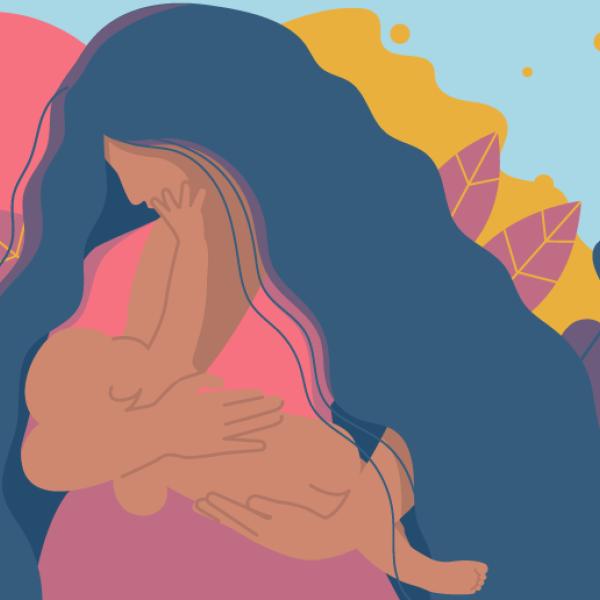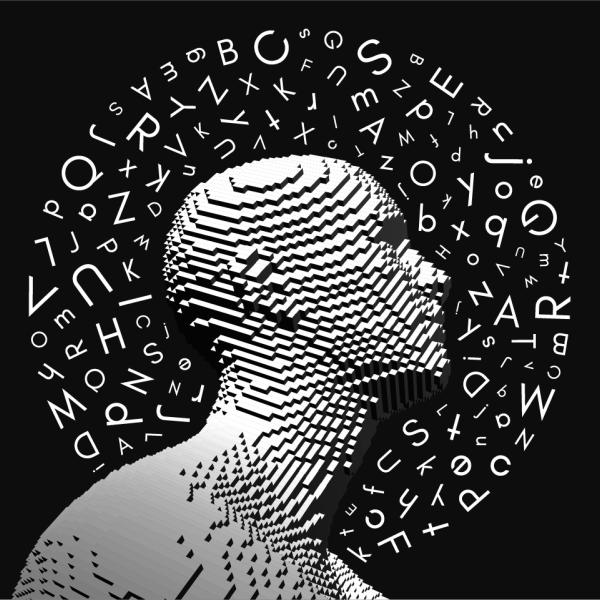In 2003, when Shabnam Jabari was in her second year of a civil-surveying engineering degree at the University of Tehran, an earthquake struck Bam, a historic Silk Road city in the southeastern part of the country. More than 26,000 people were killed and another 30,000 injured in the 6.6 magnitude scale trembler. “The news shook the whole country,” Jabari says from the University of New Brunswick, where she is a postdoctoral fellow in the Department of Geodesy and Geomatics Engineering.
Jabari herself was so unsettled by the scenes of devastation that she decided to change the focus of her engineering studies. “One day you have your home, your neighbourhood, your family and the next day you have nothing. I thought ‘it could be my family there.’”
In order to assist the victims of future disasters — not only in Iran but around the world — Jabari began thinking how to redirect her research onto the use of satellite imaging for reconstruction in disaster relief.
Since then, Jabari has become a technology trailblazer. She is on the cusp of commercializing a piece of engineering software that could change how governments, industry and disaster relief organizations approach large, challenging projects, including such worst-case scenarios as earthquakes. Jabari has also become a role model. As a woman who began her engineering education in a nation near the bottom of the Global Gender Gap scale, Jabari is proving that females can overcome cultural and institutional barriers and rise to the top in traditionally male-dominated sectors — not only in Iran but in the West.
Growing up in Iran, the Jabari family of four sisters had academic ambitions ranging from business to the chemical sciences. Jabari was the first to enter engineering, thanks in large part to her father, who worked in the construction business and encouraged her to become comfortable with technology and tools. Both her father and mother also encouraged her to attend “the best universities.” Her earliest overriding ambition, she says, was to “make them proud.”
Today, Jabari stays in contact with her family through yearly visits and regular video chats. And, although she misses Iran, she has come to love the natural wonders of New Brunswick, going on long hikes with her husband along the province’s beautiful, forested trails.
Jabari’s familiarity and ease with technology helped her to excel at her undergrad studies. When she refocused her academic studies following the Bam trembler, she embraced new, difficult technological challenges involving the comparison of two satellite images of an area pre-event and post-event — called bitemporal imaging — then analyzing the difference in order to assess what changes had occurred. Such imaging helps governments and NGOs plan rescue as well as rebuilding efforts, she says.
For her master’s degree at The University of Tehran, Jabari continued to pursue change detection using images of earthquake-devastated Bam as a case study. This led to a PhD at UNB, where she is the current technical project manager at the university’s Canada Research Chair in Advanced Geomatics Image Processing (CRC AGIP) in the laboratory of Yun Zhang, who is also a researcher in change detection. Zhang was delighted to welcome Jabari to UNB. The University of Tehran, he says, “is like Harvard in the United States.”
Jabari did not disappoint. During her PhD studies, she developed a patent-pending algorithm called Patch-wise co-registration (PWCR), which incorporates images from satellites, drones, planes and helicopters. “Not many students could achieve what she has been able to achieve,” says Zhang. “She is extremely talented, bright and focused.”
Zhang hails PWCR as state-of-the-art technology capable of dealing with one of today’s greatest challenges in high resolution, remote-sensing image applications. The problem is that most satellite pictures cannot be effectively used for change detection due to geometric distortions caused by the angle of the satellite to Earth when the image was taken. “There is a big gap between available data and available technology,” says Zhang. “Existing technology cannot effectively handle that data and provide useful information.”
Jabari discovered a way to correct the geometric distortions by using photogrammetry, the science of making accurate measurements from photographs by zeroing in on the exact positions of surface points.
Zhang says that funding from the Canada Foundation for Innovation (CFI) was crucial to the success of Jabari’s research, financing not only her high-powered computer and geographic information system software but also expensive annual software licensing fees.
The research path doesn’t always run smoothly, however. “Sometimes you lose your way,” says Jabari. “Sometimes a tiny mistake takes a whole week to find the source of the error.” When problems seem insurmountable, Jabari has learned to simply take a break. “I leave my desk and go for a walk and when I’m back, I suddenly have a plan. If an idea makes sense, and I keep trying, it will go somewhere.”
Jabari’s innovation isn’t quite ready for the commercial market, although industry and government are eagerly awaiting the development of user-friendly PWCR software. “PWCR will not only be for disaster relief efforts but governments, insurance companies and urban planners — anyone who needs to know what has been changed in an urban area,” Jabari says.
Jabari is proud of the work that she has done at UNB. She also feels a great sense of accomplishment being a woman in a field that is still dominated by men. She recalls the challenges she faced as a young engineer. “I had to work almost twice as hard as a male engineer to prove that I was capable. Sometimes as a female engineer you are not taken as seriously as a male — that would annoy me!” During her studies in Iran, Jabari took inspiration from the few women engineers she encountered as teachers and mentors. Now that she has achieved success, “I want young girls to learn that women can be successful in engineering as well,” says Jabari. “I want to be an example.”
Return to the #IAmInnovation collection





